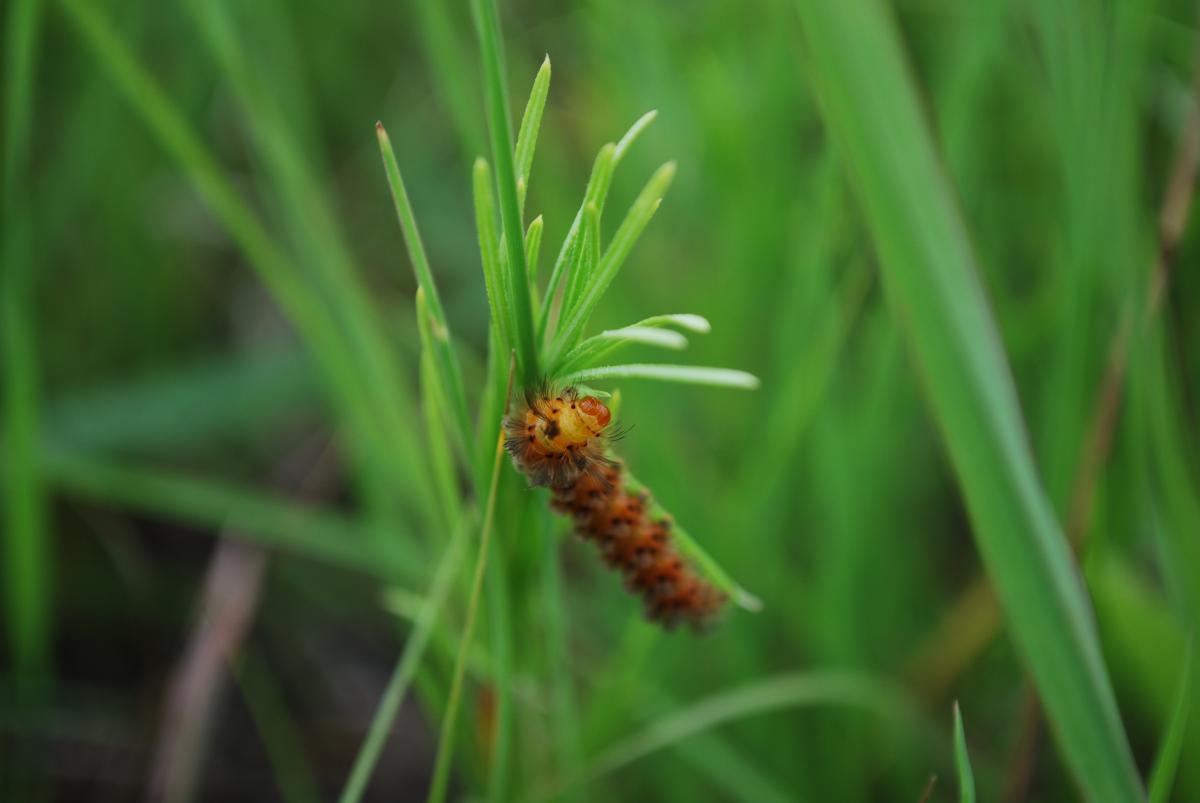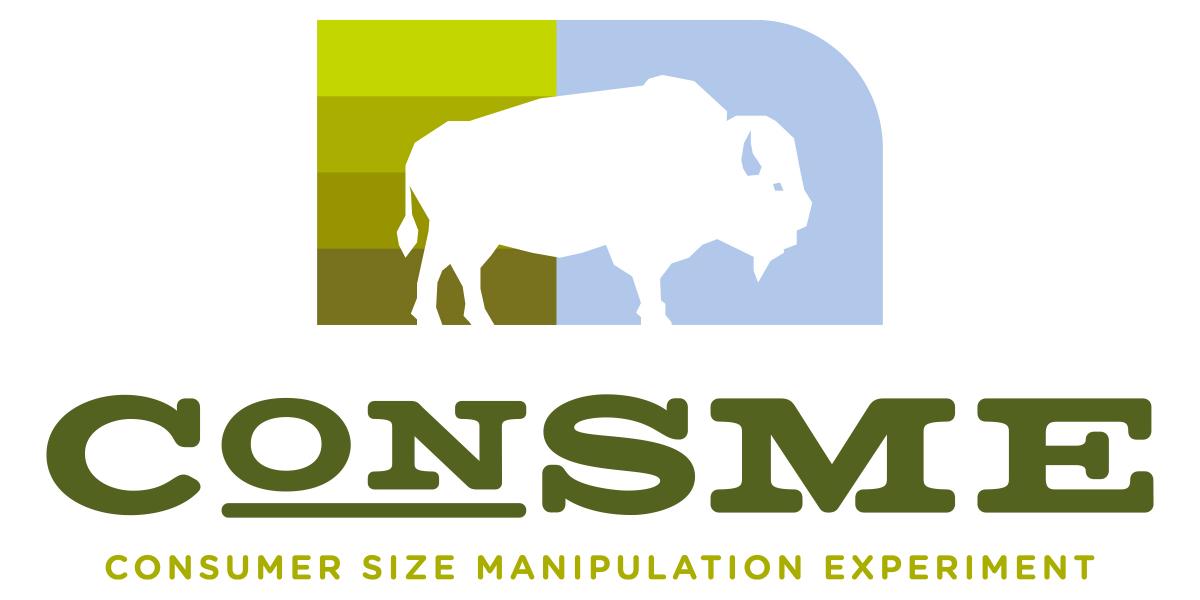Trophic Interactions

Interactions between trophic levels can lead to some surprising responses to global change factors. We have found that invertebrate herbivores increase in abundance with increased nutrient availability at three Nutrient Network (NutNet) sites spanning the North American Great Plains. However, their feeding rates decreased with nutrient additions, likely in response to increased plant tissue quality. This increase in abundance, but decrease in feeding rates resulted in no observable change in the amount of plant tissue removed by invertebrate herbivores with nutrient additions.
We are also examining the effects of herbivory on plant community composition under conditions of elevated nutrient availability. Within a tallgrass prairie ecosystem, we are removing invertebrate herbivores and adding nutrients in a factorial combination. Over ten years of treatments, we have found that invertebrate herbivores suppress forb responses to nutrient additions, thus playing a large role in determining the trajectory of plant community shifts with chronic nutrient additions.
In 2019, we began collecting data on a new project examining the interactive roles of fire and herbivory by small and large native grazers in driving plant community dynamics. This project is located within the beautiful Flint Hills at the Konza Prairie LTER in Kansas. We are currently seeking collaborators to expand the extent of this work by setting up similar size-selective consumer manipulations at sites around the world as part of the ConSME network of sites.

please contact Kim Komatsu.
